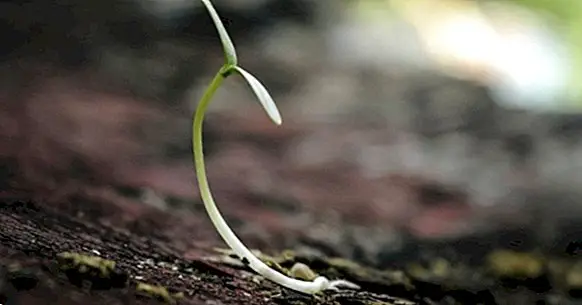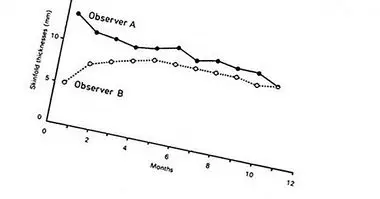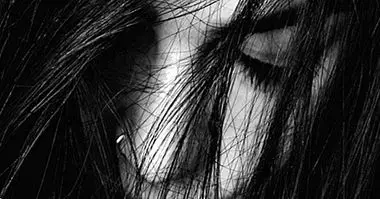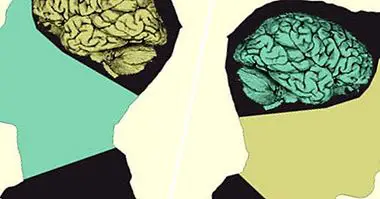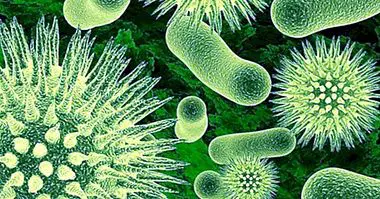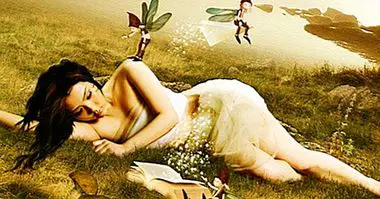Theory of biogenesis: explaining the appearance of life
Life itself hides many secrets that escape human understanding. One of the greatest mysteries is the origin of all life, an idea that has hovered around the thoughts of humanity and has always been tempting to our curiosity. Therefore, there have been several attempts to explain this stage, either through faith or science.
Numerous theories have arisen throughout history to try to explain the origin of life, as for example the theory of biogenesis . This model indicates that life can only be generated from a preexisting life. Very simple to understand: a chicken is born from the egg put by another chicken. It is not an explanation with much more mystery, but its importance lies in that it put the focus of attention on the theme of the origin of life, since at the time of its appearance the idea of spontaneous generation predominated.
- Maybe you're interested: "The theory of biological evolution"
At the beginning: the theory of spontaneous generation
The truth is that you can not talk about biogenesis without mentioning the model that ousted the scientific and popular landscape. The spontaneous generation proposed that life can be generated from inert matter . This idea came from the observation that after the putrefaction of an organic sample appear insects and microorganisms that were not there before.
It was quite an achievement that the theory of biogenesis managed to disprove a model that had been rooted in the conception of the world for many years. The idea of spontaneous generation is dated that its origin is in Ancient Greece, from the hand of Aristotle; the philosopher maintained that some forms of life could appear without more from inert matter. For example, the worms came out of the mud heated by the sun, or the flies of the rotten flesh.
These convictions proposed by Aristotle survived many centuries without anyone questioning them. It was not until the seventeenth century when someone wanted to deny is the idea. It was the Italian naturalist Francesco Redi .
The Redi experiment
This researcher devised an experiment to demonstrate that insects do not spontaneously generate. To do this, he placed eight different types of meat in eight glass jars, leaving four of them completely uncovered, while the other half covered them with gauze, which allowed air to pass through but not insects.
After a few days, the uncovered meats showed larvae, while the covered ones apparently did not harbor, apparently, life. The result of the experiment showed that it is necessary for flies to place their eggs in the flesh so that others of their species appear. It is an experiment that is linked to the theory of biogenesis and that would have been a success to unseat the spontaneous generation if it were not for the discoveries of the Dutch Anton Van Leeuwenhoek, the father of microbiology.
Leeuwenhoek, a few years after the Italian carried out his research, repeated Redi's experiment, but this time he examined the meats with a microscope. Both in uncovered and covered meats, microorganisms could be observed, a result that kept the ideas of spontaneous generation as feasible, at least for these organisms of life.
The Pasteur experiment
The theory of spontaneous generation lasted a couple of centuries more, although there were attempts to deny it before, such as those made by the priest Lazzaro Spallanzani, who showed that if a container with broth is carefully closed and heated, they do not grow microorganisms; but the supporters of orthodoxy at the time attributed this to the fact that he had killed all life by heating it.
It was not until 1861, when the French chemist Louis Pasteur he demonstrated unequivocally that these beliefs were false, showing evidence in favor of the theory of biogenesis. The experiment he proposed consisted of filling with long-necked flasks with a long, S-shaped form. This silhouette allows the air to enter but not the microorganisms, since they are retained in the curve. After filling the flask was heated to eliminate any microorganism that was already present in the solution.
The result was that the solution remained unchanged for weeks, but if it broke the neck of the flask, then in a few days the sample was contaminated. This showed that the microorganisms that grow in inert matter have actually been attracted by the air, and not that they will be generated spontaneously.
- Maybe you're interested: "The 30 best phrases of Louis Pasteur"
The theory of biogenesis and its relevance
As I have already said, the theory of biogenesis does not have much mystery, although it is easy to see in the case of the births of animals, it was not so easy to understand in other areas, such as the case of putrefaction.
Even so, the theory of biogenesis does not explain the origin of life, since has no way of indicating what was the first living organism . For that reason other theories exist on the origin, many of them are abiogenesis, that is to say, that the origin of the life was from inorganic matter, but only the principle. There are even theories of exogenesis, that life came from outside the planet Earth. In any case, the origin of life is still a mystery.

